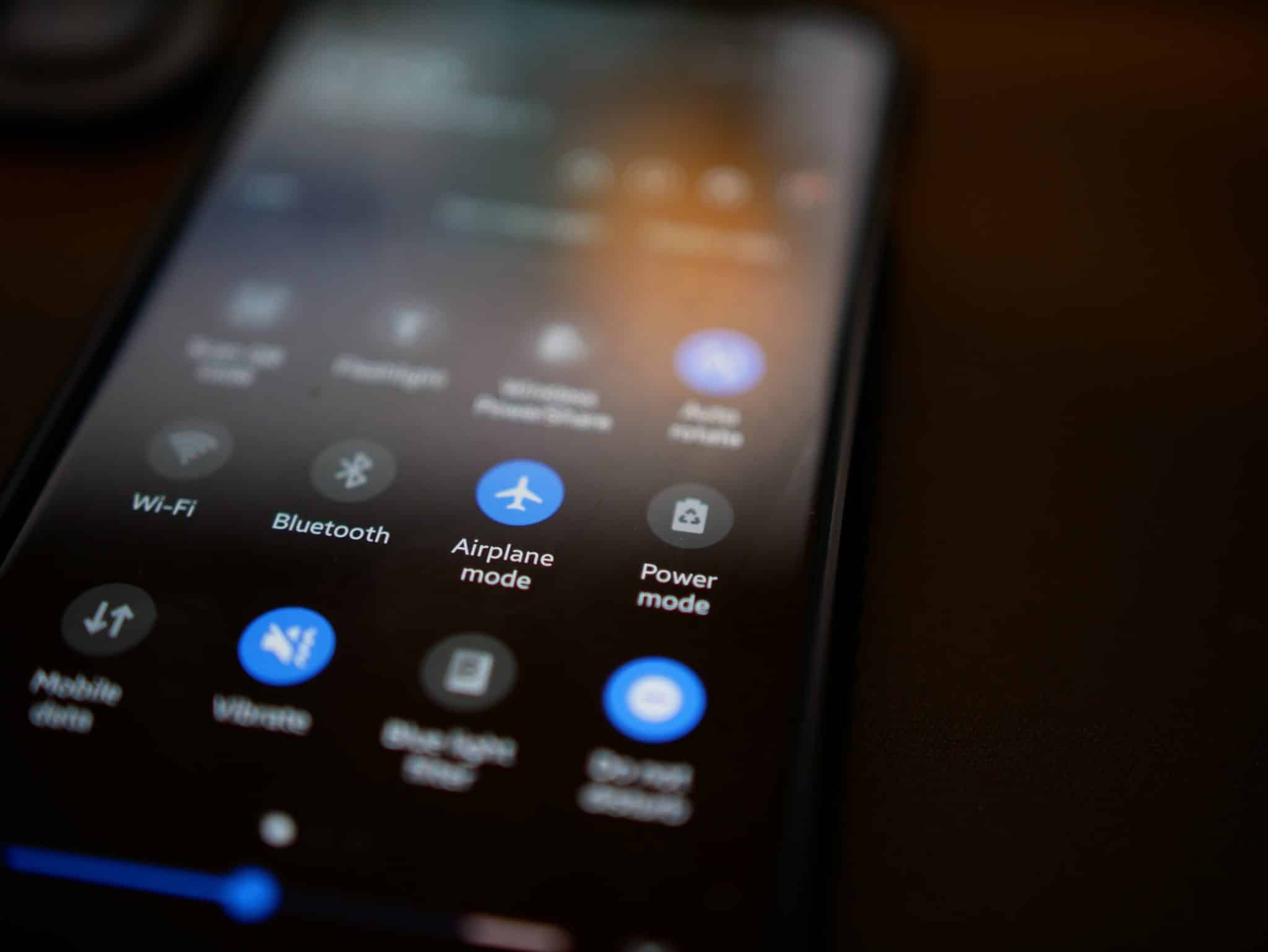Mobile broadband is wireless access to the internet, through a mobile phone network via 3G, 4G, and 5G. The network used is usually one of the UK’s ‘big five’ mobile operators: EE, O2, Three, Virgin, and Vodafone.
Mobile broadband can be accessed through more than just your phone – you can also connect using a USB modem, MiFi, or dongle.
As long as you are in an area with coverage, you can be online when out and about.
How does mobile broadband work?
Mobile broadband works by using a mobile networks’ 3G, 4G, or 5G signals to connect to the internet.
5G is the latest generation of mobile phone technology and offers speeds as fast as home broadband when in major towns and cities. This means if you wanted to, you could use mobile broadband as a like-for-like replacement of having a fixed connection. And, even if you have a 5G SIM card, you can still access 3G and 4G networks in areas where 5G is not available, but your speeds will be slower than 5G.
For example, the average download speeds with 4G is 24Mbps - at least two times faster than a standard fixed-line ADSL broadband connection. Speeds with 5G average around 150Mbps which is faster than partial-fibre and even some full fibre home broadband connections. But again, the speeds you'll get will depend on your location and the network operator you're using.
Will 5G mobile broadband replace fixed-line home broadband?
With its ultrafast speeds, 5G will be - and in some areas already is - available in locations where standard (ADSL) and superfast (fibre) broadband is still difficult to get.
However, as 5G technology advances, so too does fixed-line broadband technology. Full fibre gigabit broadband access continues to be rolled-out to more-and-more homes and businesses across the UK, and, in many areas, full fibre is not only easier, but cheaper for local governments to install than 5G broadcast towers.
Added to this is the next iteration of home broadband technology, Wi-Fi 6. Wi-Fi 6 will be capable of delivering Wi-Fi speeds 40% faster than what is currently available with full fibre. It will also be able to handle more devices connecting to its network at once. This will not only benefit homes, but areas with public Wi-Fi access, such as airports and entertainment venues.
Why should I choose mobile broadband over home broadband?
One reason to opt for mobile broadband is for the flexibility and convenience it offers. With either a mobile broadband USB dongle, MiFi, or simply a data-SIM enabled device, you can access the internet anywhere you can get a mobile signal.
And, for those who live in rural areas, where fixed-line broadband may be difficult to get, mobile broadband can be particularly beneficial.
This is because many rural areas in the UK still struggle to get access to fibre broadband. Even for those who can get either standard (ADSL) or superfast (FTTC) broadband connections, if they live a long distance from the nearest exchange or green cabinet, speeds could be considerably slowed. But if these areas are covered by 4G or 5G mobile networks, mobile broadband may offer faster and more reliable speeds than these fixed-line connections.
What kind of deals are available with mobile broadband?
Most mobile broadband deals will be available on either one-month rolling, or longer 12-24 month contracts. Also, although there are some unlimited packages available, most tend to have data usage caps. Therefore, it's important to compare mobile broadband packages carefully to ensure you're selecting the right option for your needs.
What is the best way to get connected with mobile broadband?
The most common way to get mobile broadband is by using an internet dongle.
Also known as a 'Wi-Fi dongle', 'USB modem', or 'internet stick', a dongle is a small, internet-connected device you plug into the USB port on your PC or laptop. It connects to the internet the same way as your mobile phone - via 3G, 4G, and 5G networks.
The downside to internet dongles is they can only be used with one device at a time.
Other ways to connect to mobile broadband
Aside from an internet dongle, there are a couple of other ways you can get mobile broadband.
MiFi
Similar to a dongle, a MiFi is a pocket-sized device that connects you to the internet over 3G, 4G, or 5G networks.
However, unlike a USB internet dongle - which only offers an internet connection to the one PC or laptop connected to it - a MiFi acts as a router. It does this by sending out a wireless mobile broadband signal that can be shared between multiple devices at the same time.
However, be aware that data caps will likely be imposed on any MiFi prepaid offer or plan you choose, so consider carefully if you want to share your monthly allowance across multiple devices.
Mobile hotspot/tethering
Similar to MiFi, "tethering" allows you to turn your phone into a portable Wi-Fi router.
Most smartphones have a tethering option activated via settings. Once enabled, it creates a wireless network that other Wi-Fi enabled devices within its limited radius can then connect to.
It's important to remember that not all network providers will include tethering as part of your monthly data allowance, so it can be very expensive.
Also, tethering uses more data if you connect larger devices such as a laptop or iPad. This is because websites will load in their desktop form, rather than in smartphone mode.
Compare broadband deals
We find deals from all the top providers and help you switch.
